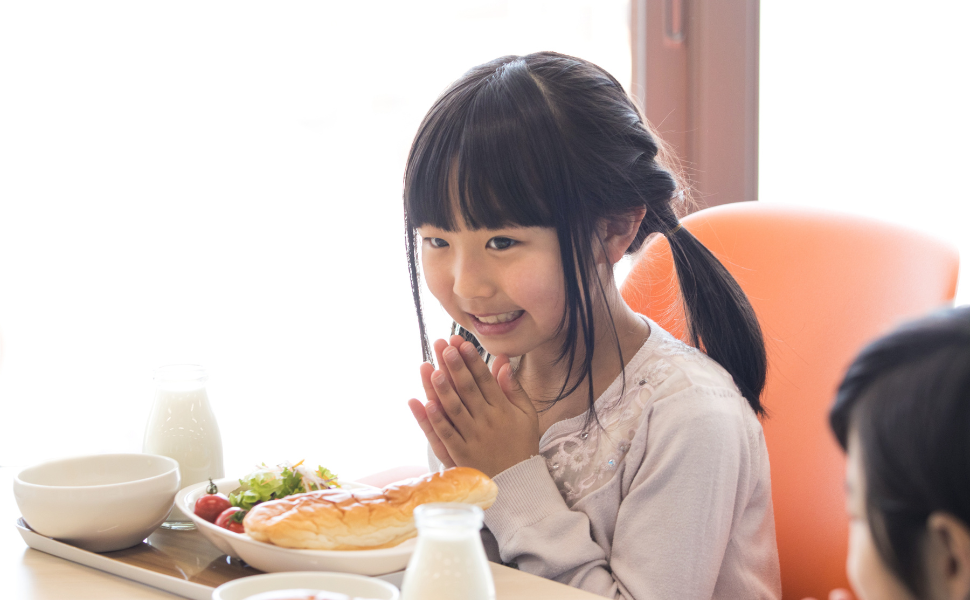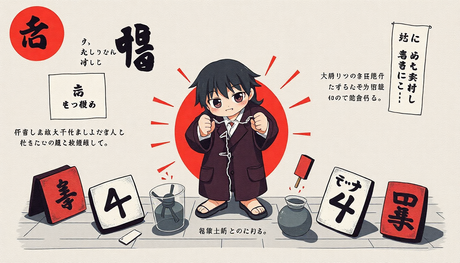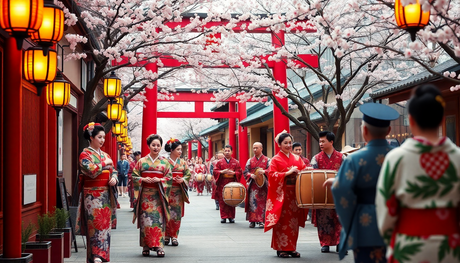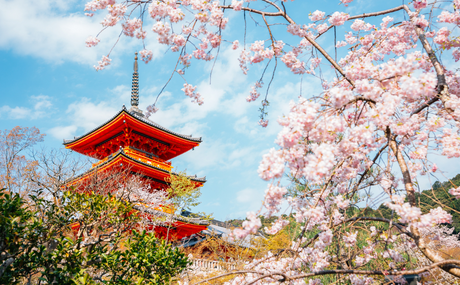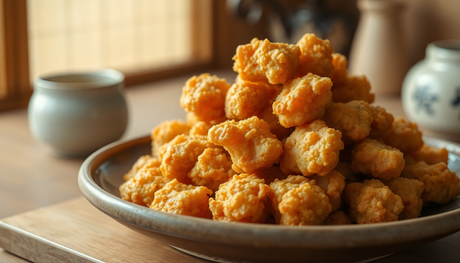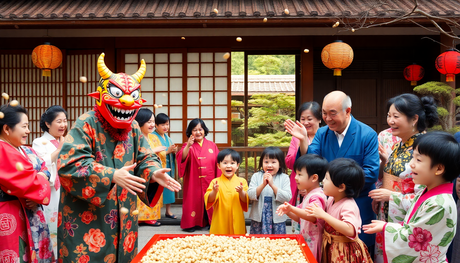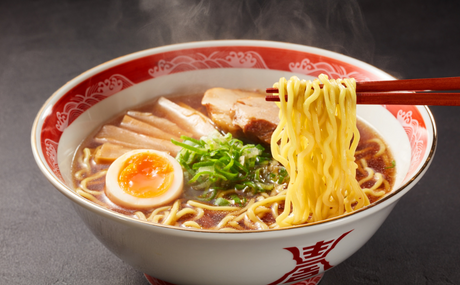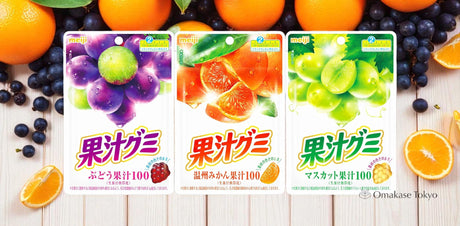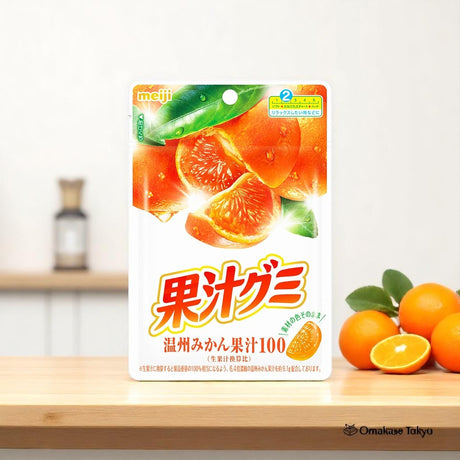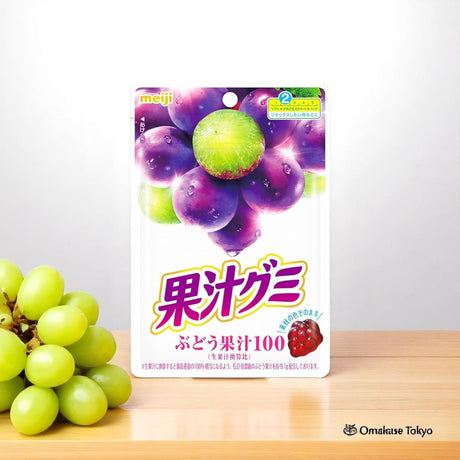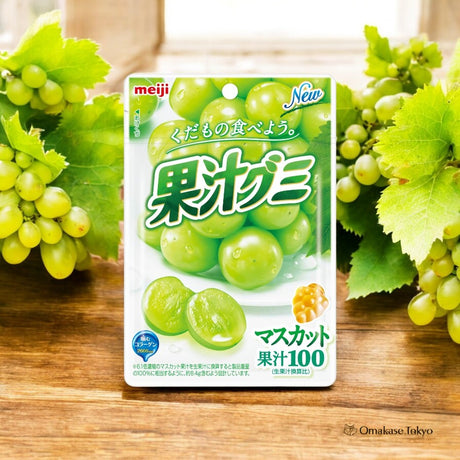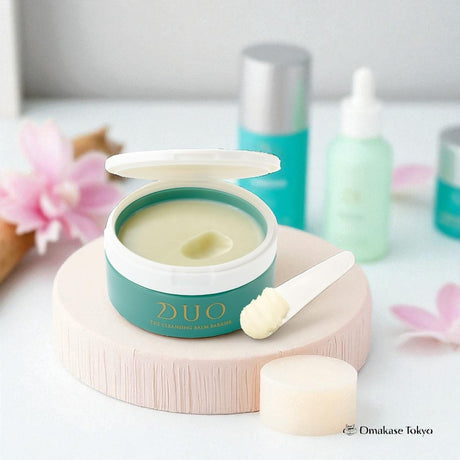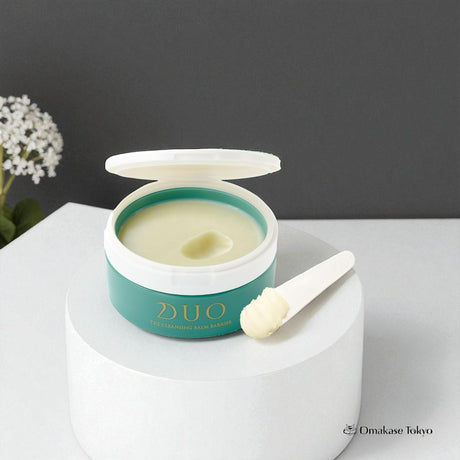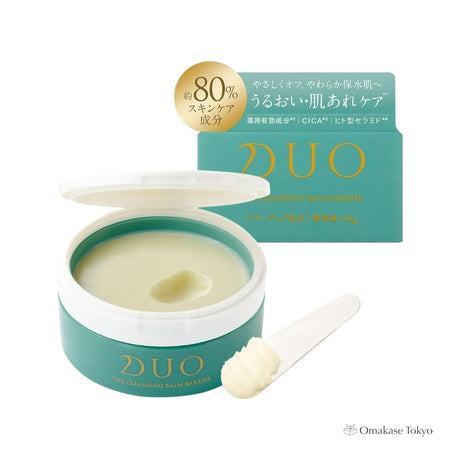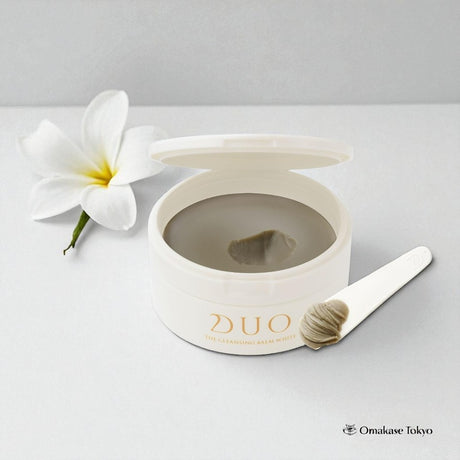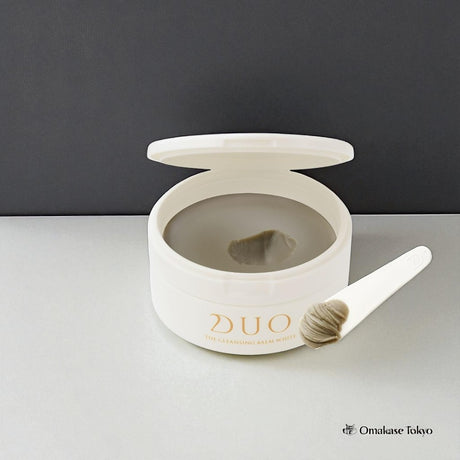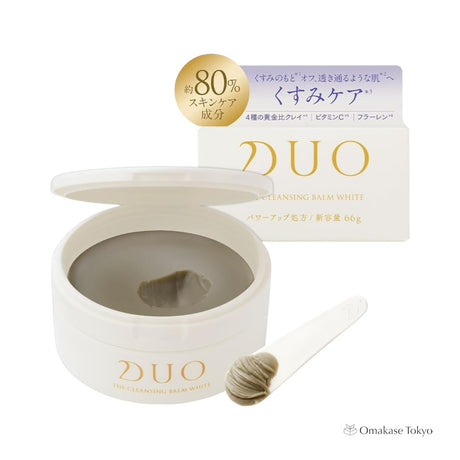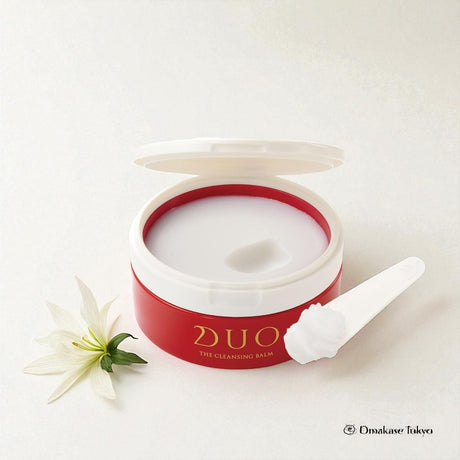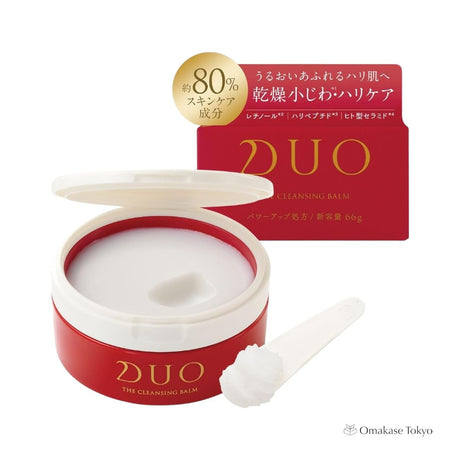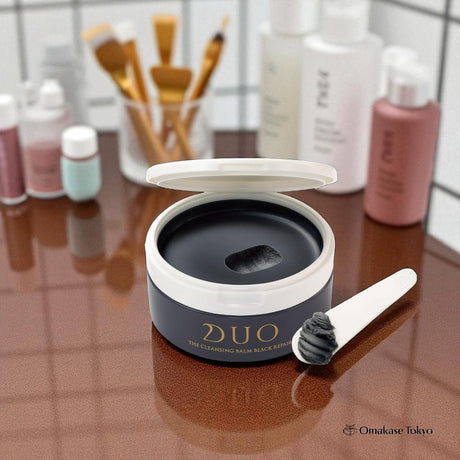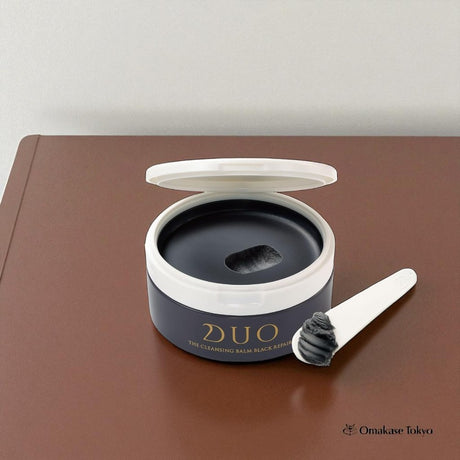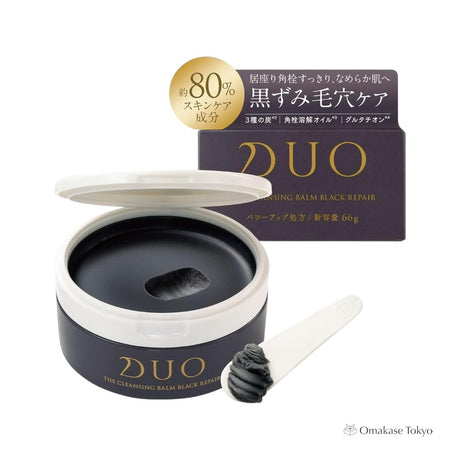When it comes to school lunch, Japan and the U.S. have pretty different approaches! From what's served to how kids eat, there's a lot talk about. If you're interested in nutrition, education, or just curious about how other countries handle school meals, this post is for you. Let's dive into some key differences between Japanese school lunch (called kyuushoku) and U.S. school lunches.
1. Variety vs. Choice
In Japan, lunch is typically a set menu—there's no choice! Every student eats the same nutritious meal, and it's carefully designed by nutritionists to ensure a balanced diet. You'll find meals full of vegetables, fish, rice, and miso soup. In contrast, U.S. school lunches often offer students a few different options, and unfortunately, that sometimes includes pizza and burgers as regular choices.
2. Freshness & Ingredients
The Japanese school lunch system prides itself on using fresh ingredients. Often, the meals are prepared from scratch on-site or delivered daily from nearby kitchens. The focus is on seasonal produce, and there's an emphasis on the origin of the food. Meanwhile, in the U.S., school lunches might rely more on processed and pre-packaged foods, which means freshness can sometimes take a backseat.
3. Serving Style
A huge difference is how the food is served. In Japan, students actually serve their own lunch to each other! It's part of their education to teach them about responsibility and sharing. They wear special outfits like aprons and hats to serve their classmates. In the U.S. on the other hand, most kids eat in a cafeteria. While it's a social time, the noise level and environment can be pretty different.
4. Nutrition Focus
Nutrition is at the heart of Japanese school lunches. Meals are designed to include all the necessary nutrients, focusing on a balanced diet of carbs, proteins, and veggies. There's also a strong push to educate students about healthy eating. In the U.S., while many schools are making efforts to improve nutrition, some districts still struggle with offering consistently healthy options.
5. Cultural Lessons
In Japan, school lunches aren't just about eating—they're about learning too. Students might get lessons about the origin of the ingredients or the significance of the meal in Japanese culture. This food education (called shokuiku) is a key part of their school day. While the U.S. has nutrition education, it's not as integrated into the school lunch experience.
Conclusion
Whether you're packing your kid's lunch or relying on the school to provide it, there's a lot we can learn from both system. The Japanese school lunch focuses on nutrition, balance, and education, while U.S. school lunches offer variety and more flexibility. Both have their strengths and challenges, but at the end of the day, the goal is the same: ensuring kids are healthy and ready to learn!

